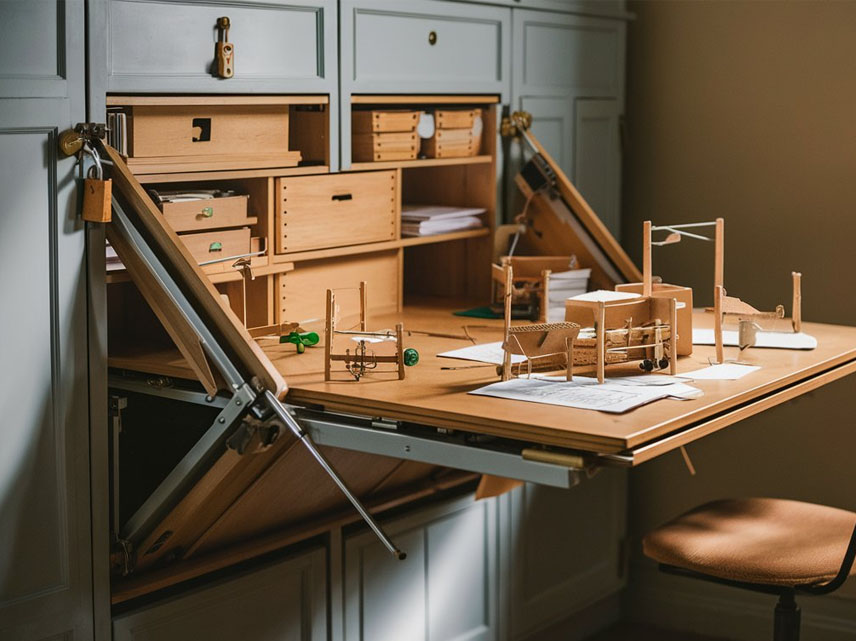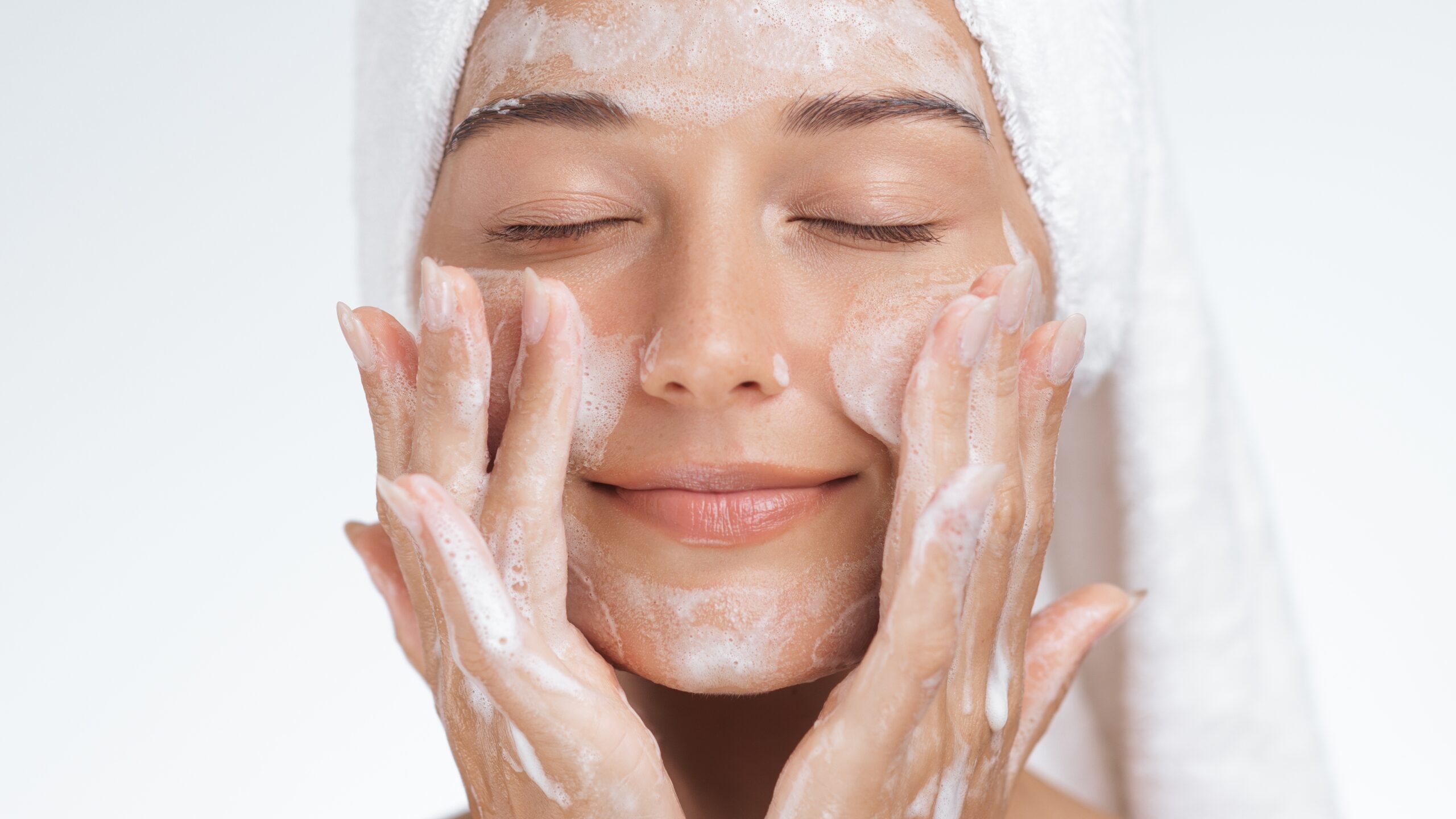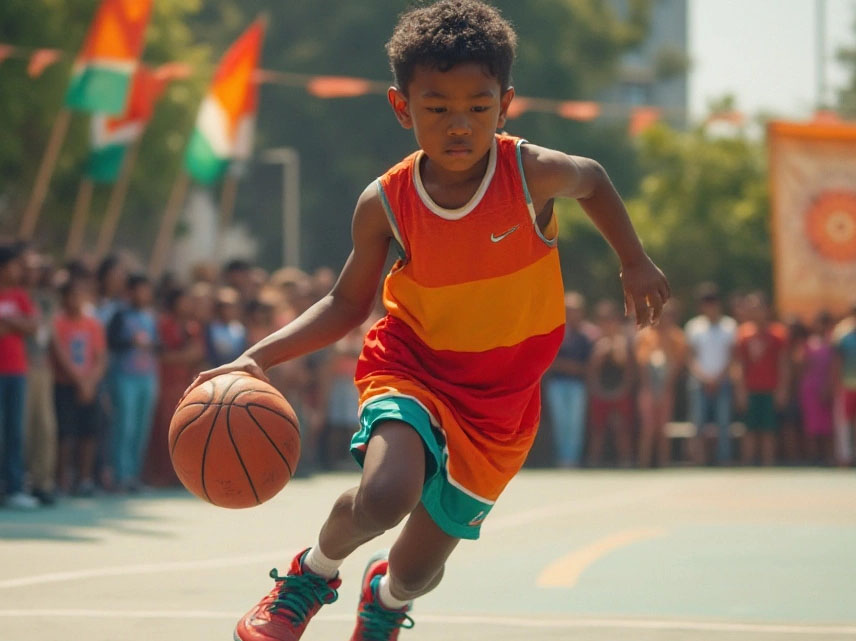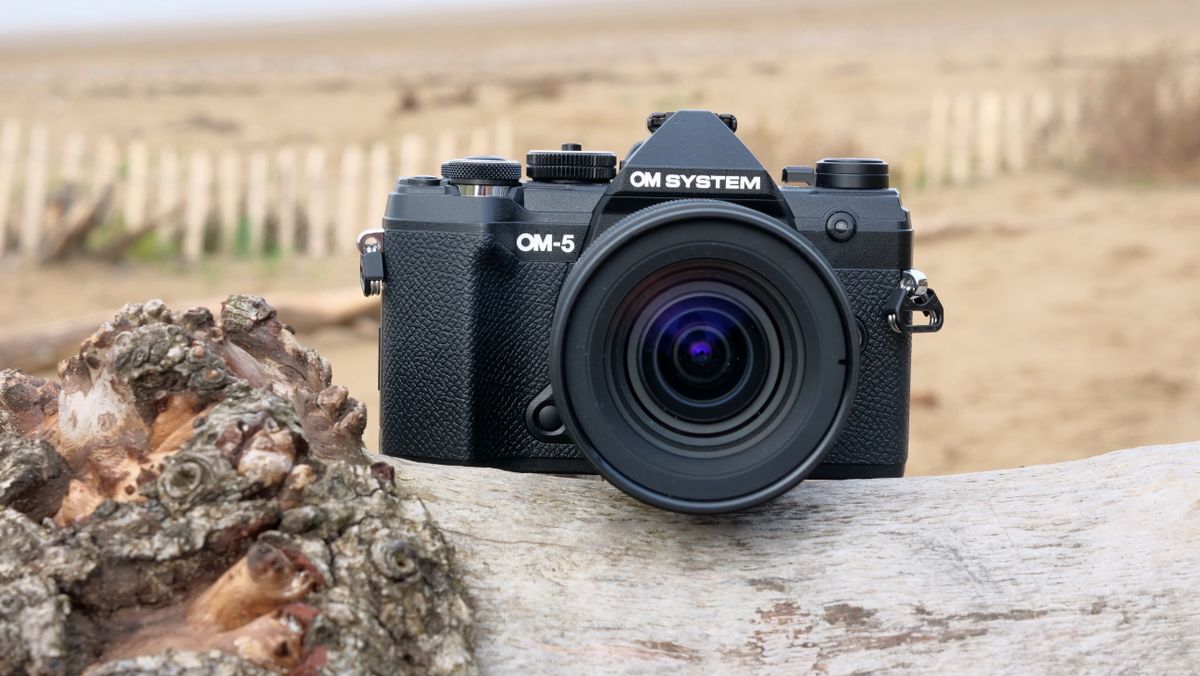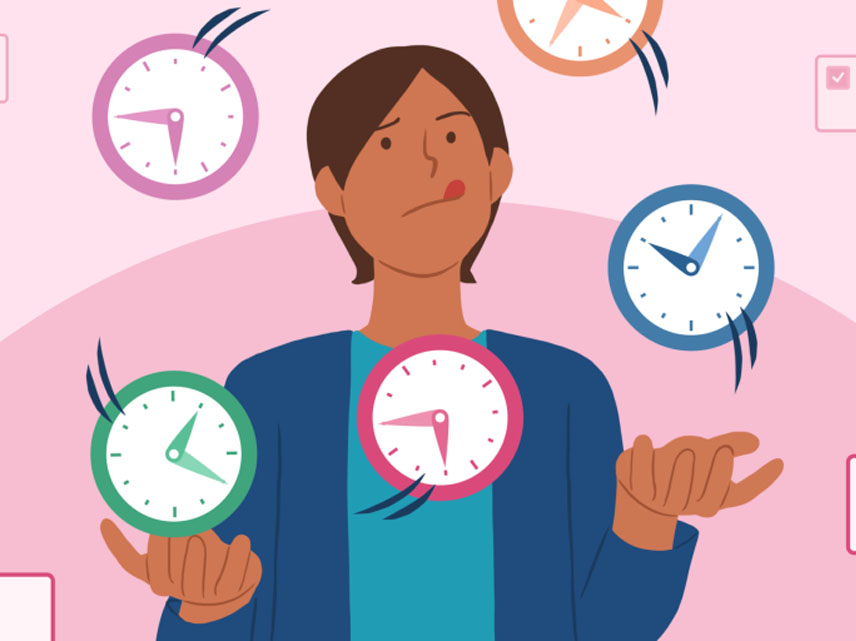Essential Tools Every Athlete Needs for Better Recovery and Performance
You train hard. You show up for every set, every sprint, every rep. But here’s the truth: progress doesn’t only happen when you lift, it happens when you recover. That’s where mobility comes in. What was once considered a niche area of fitness is now a fundamental part of athletic development.
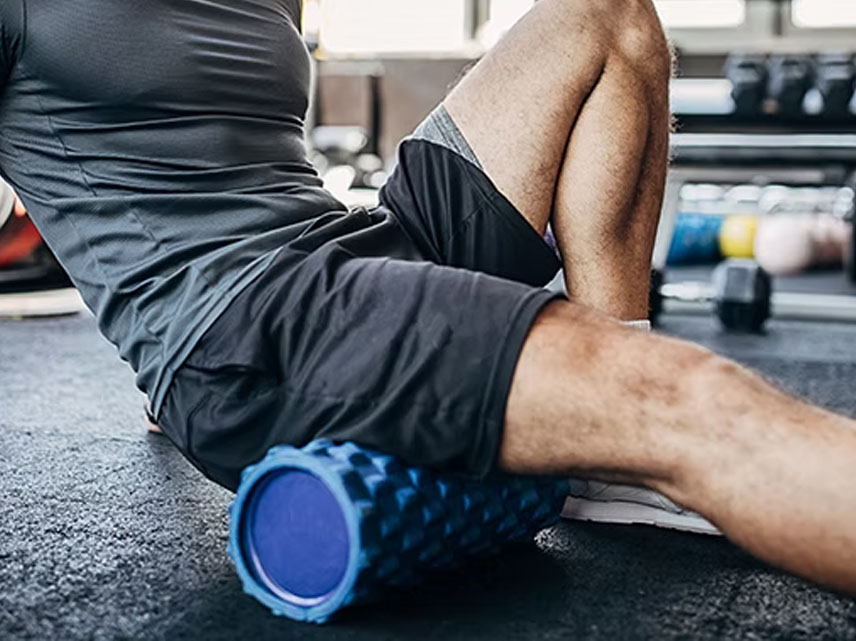
Recent Blogs
- Best Noise-Canceling Headphones for Travelers in 2025
- Travel Smarter Choose Vacation Homes Over Hotels For Comfort
- The Art of Shelf Styling: Display with Intention
- Top 10 Must-Have Travel Gadgets for Digital Nomads in 2025
- 10 Practical Tips to Manage Stress Every Day
- How Sleep Affects Your Skin and Beauty
- Essential Tools Every Athlete Needs for Better Recovery and Performance
April 25 30
You train hard. You show up for every set, every sprint, every rep. But here’s the truth: progress doesn’t only happen when you lift, it happens when you recover. That’s where mobility comes in. What was once considered a niche area of fitness is now a fundamental part of athletic development.
Mobility training is no longer optional. Whether you're chasing personal records or simply aiming to move pain-free, mobility work ensures your joints stay healthy, your muscles stay pliable, and your workouts remain effective. It prevents injury, supports strength gains, and improves the way your body performs under pressure.
Creating your own mobility toolkit means giving your body the support it needs to recover, restore, and move freely. With the right tools in your arsenal, you’ll build a sustainable fitness routine that goes far beyond aesthetics.
Why Mobility Work Is a Non-Negotiable
Your body thrives on movement, but repetitive training without mobility work sets the stage for dysfunction. Tight hips, stiff shoulders, and weak ankles don’t just slow you down, they derail your progress.
Limited mobility compromises your posture, range of motion, and lifting technique. It creates imbalances that force muscles and joints to compensate in ways they’re not designed for. This often leads to pain, reduced performance, and eventually, injury.
Mobility is not the same as flexibility. Flexibility is passive, the ability of a muscle to lengthen. Mobility is active, the control of movement through a range of motion. You need both. Without mobility, your body won’t move well. Without movement quality, your strength won’t last.
Incorporating mobility into your training means staying injury-resistant, moving efficiently, and keeping your muscles activated, not overstrained.
Top Mobility Tools and Their Uses
To improve mobility, you don’t need a fancy setup or hours of time. You need the right tools and a plan to use them intentionally. Here’s what belongs in your mobility toolkit:
1. Foam Rollers
Foam rolling, or self-myofascial release, targets the fascia, the connective tissue surrounding muscles. By applying pressure to tight spots, you release knots and improve blood flow to that area.
-
Use before workouts to prepare tissue for movement.
-
Use after workouts to reduce soreness and improve recovery.
-
Choose soft rollers for beginners or sore areas, and firm ones for deeper release.
Foam rolling the quads, lats, hamstrings, and calves improves movement quality and reduces stiffness across major muscle groups.
2. Massage Guns
Massage guns use percussive therapy to penetrate deep into muscle layers. They’re perfect for targeting stubborn tension and aiding faster recovery.
-
Use on tight muscles before a lift to increase range of motion.
-
Use between sets to reduce fatigue and keep muscles engaged.
-
Use post-workout to promote circulation and reduce soreness.
Keep sessions short: 15–30 seconds per muscle group. Avoid bony areas and use a lighter setting near sensitive tissues.
3. Resistance Bands
Resistance bands are one of the most versatile mobility tools. They provide tension, which activates muscles, stretches tight areas, and aids in joint mobilization.
-
Use for shoulder dislocates, banded hip stretches, or ankle mobility.
. -
Great for dynamic activation, especially around the glutes, shoulders, and ankles.
Choose bands of varying resistance levels to progress your mobility work and rehab efforts.
4. Lacrosse Balls or Massage Balls
These tools are ideal for pinpointing hard-to-reach trigger points. While foam rollers target broad areas, lacrosse balls get deep into the glutes, traps, feet, and shoulder blades.
-
Apply pressure to the tight area and slowly roll.
-
Use a “pin-and-hold” technique to release knots.
-
Use them against a wall or on the floor for better control.
Keep one in your gym bag or desk drawer, you’ll be surprised how often you use it.
5. Mobility Sticks or PVC Pipes
These tools improve joint control, alignment, and movement mechanics. They’re especially helpful for overhead athletes, lifters, and anyone working on posture correction.
-
Use for shoulder dislocates, thoracic spine extensions, or overhead squats.
-
Incorporate into warm-ups for positional awareness.
-
Ideal for both bodyweight sessions and barbell prep.
They’re lightweight, portable, and often underestimated, but incredibly effective.
How to Create Your Own Mobility Routine
Mobility work doesn’t have to be complicated. With your toolkit in place, it’s time to build a routine that fits your schedule and supports your goals.
Sample Warm-Up Routine 5–7 minutes
-
Foam roll your quads, calves, and thoracic spine (1–2 minutes).
-
Banded glute bridges or hip openers (1 minute).
-
Mobility stick shoulder dislocates (10 reps).
-
Bodyweight squats or lunge holds for joint prep.
This primes your muscles, increases joint fluidity, and reduces injury risk.
Post-Workout Cool-Down Routine
-
Massage gun for quads, glutes, and traps (15 seconds each).
-
Lacrosse ball under glutes or feet (30 seconds).
-
Static stretches for hamstrings, hip flexors, and shoulders (30 seconds each).
This helps flush out lactic acid, reduces muscle soreness, and calms your nervous system.
Weekly Deep Mobility Session 20–30 minutes
Pick one day each week to invest in recovery:
-
Foam rolling full body (8–10 minutes).
-
Mobility drills with resistance bands (8–10 minutes).
-
Longer holds and focused stretching (8–10 minutes).
Track progress in specific movements like squat depth or shoulder range. Your goal isn’t perfection, it’s freedom of motion.
You train your muscles, push your heart rate, and test your limits. But without mobility, your body’s foundation stays compromised. Mobility work isn't a luxury, it’s a performance enhancer. It helps your body move the way it was built to move.
Investing 10 to 15 minutes daily using simple tools makes a powerful impact. You recover faster. You move better. You perform stronger. So build your toolkit. Start small. Stay consistent.
Every rep gets better when you take care of your recovery first. Remember: the strongest athletes don’t just lift heavy, they move well, too.
Unlock better movement, flexibility, and recovery using mobility tools like foam rollers, massage guns, and resistance bands. Build your personal recovery kit.
Comment:
Your email address will not be published. Required fields are marked *
Our Top Picks
No products found.
